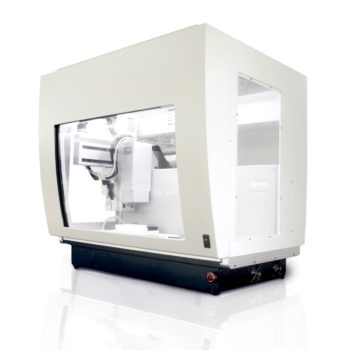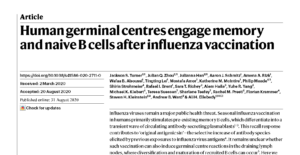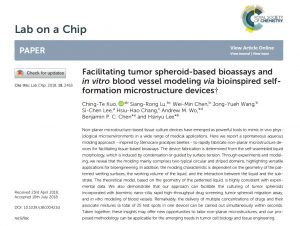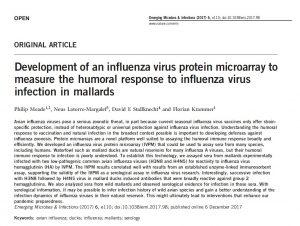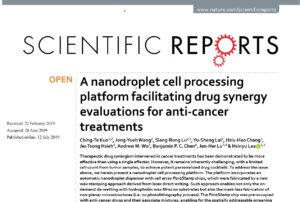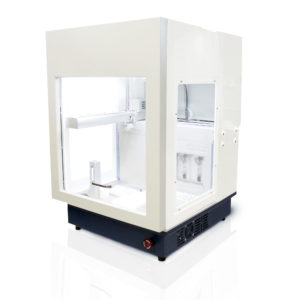
PRODUCT INFORMATION
Fast, accurate, and flexible microarray printing for peptides, DNA, and cells.
Aurora’s VERSA™ microarray spotter combines SPOT synthesis with advanced liquid handling to deliver reliable, automated array printing. Designed for combinatorial chemistry, the system supports both contact and non-contact spotting, handling reagents from grams to milligrams.
Equipped with a nano-pipettor head, it simplifies precise reagent distribution—ideal for peptide synthesis and other high-precision microarray applications.
High-Throughput Reagent Spotting
Drug-Eluting Microarray
Peptide Synthesis
Tissue Microarray
CHIP Production
Cancer Research
Precision Medicine
DNA Microarray
Protein Microarray
Biomedical Imaging
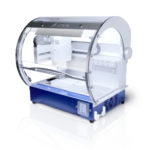
VERSA™ for Cell
Single Channel
Small and Compact
40 nL – 100 µL Spotting Volume
0.05 mm Positioning Error
Optional UV/HEPA Enclosure
Compatible with all Slide Types
Optional Humidity Control
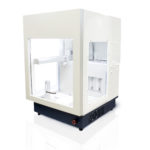
VERSA™ for Peptide
Single Channel
Increased Deck Area
40 nL – 100 µL Spotting Volume
0.05 mm Positional Error
Optional UV/HEPA Enclosure
Optional Sonicated Wash station
Optional Humidity Control
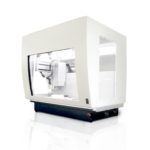
VERSA™ for DNA
10, 20 or 35 Channel
Simultaneous Peptide Spotting
Bulk Peptides Quickly Constructed
Heavily Customizable
Optional UV/HEPA Enclosure
Compatible with all Slide Types
Optional Humidity Control
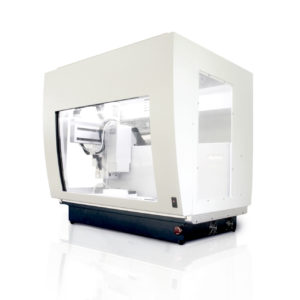

DNA Microarray Spotter – High-Precision Automated Printing
The VERSA™ 1100 35-channel automated microarrayer uses a robotic spot printing technique for cDNA microarray assays, enabling both contact and non-contact dispensing of volumes as low as 30 nL. Designed for DNA and RNA applications, it features a fixed pipetting pin system and is optimized for nylon membrane formats.
Microarray Spotting Highlights:
- Volume: ~300 nL per spot (∅ ~2 mm)
- Sample: nucleic acids
- Surface: nylon membrane, 3 mm spacing
In applications such as DiagCor’s disease differentiation assays, fluorescently labeled cDNA strands hybridize on the array. Non-specific bindings are washed away using ReagentDrop™, leaving behind high-affinity matches. The resulting fluorescence signal is quantified via downstream analyzers for data normalization and interpretation.
Application Areas:
- Gene expression profiling
- SNP detection and polymorphism analysis
- Genetic disease diagnostics
- Non-invasive prenatal testing
- Forensics, oncology, and drug-target discovery
With its precision and flexibility, the VERSA™ DNA Microarray Spotter enables efficient, high-throughput genomic analysis across clinical and research settings.
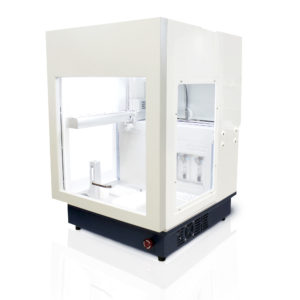
The VERSA™ 110 Automated Microarrayer simplifies peptide synthesis using Fmoc-based solid-phase chemistry, combined with low-cost porous membrane substrates and intuitive software for easy setup and control.
Optimized for the SPOT technique, VERSA™ 110 enables high-throughput, high-density peptide microarray printing with volumes as low as 40 nL—ideal for precise pipetting of amino acids and reagents.
“Stable and reliable—we’ve had zero breakdowns in years. VERSA™ offers higher density, faster printing, and greater accuracy at a lower cost.”
– User Testimonial
Background
Solid-phase peptide synthesis (SPPS) links amino acids via peptide bonds on a solid support. This method enables the production of complex or unnatural peptides, backbone modifications, and sequences not easily expressed in biological systems.
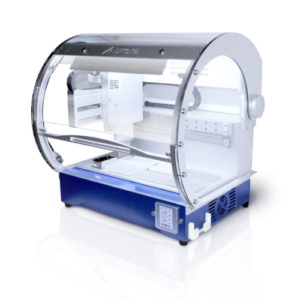
At National Taiwan University, the VERSA™ system is used to print cell microarrays onto microscope slides for studying cell signaling pathways and drug binding interactions.
Printing Specifications:
- Spotting volume: 100–300 nL per spot (∅ ~2 mm)
- Sample type: Uniform or varied cell solutions
- Format: 10×10 array on 15×15 mm microscope cover glass
After spotting cells, drug molecules are applied to the array. Following incubation, cell morphology is analyzed under a microscope to assess drug effects and pathway activity.
Independently Validated
Human germinal centres engage memory and naive B cells after influenza vaccination
View this publication to see how the VERSA™ 10 Microarray Spotter was used to study immune responses after influenza vaccination.
Facilitating tumor spheroid-based bioassays and in vitro blood vessel modeling via bioinspired self-formation microstructure devices
View this publication to see how the VERSA™ 10 Microarray Spotter was used in dispensing water droplets of specific volumes to study how surface tension guides aqueous molding.
Development of an influenza virus protein microarray to measure the humoral response to influenza virus infection in mallards
View this open-source publication to see how Influenza virus hemagglutinin (HA) protein was printed in microarrays on epoxysilane-coated glass slides using VERSA™ 110 Microarray Spotter.
A nanodroplet cell processing platform facilitating drug synergy evaluations for anti-cancer treatments
Learn more about how the VERSA™ 10 Microarray Spotter was used to develop a nanodroplet cell processing platform for anti-cancer drug synergy.



